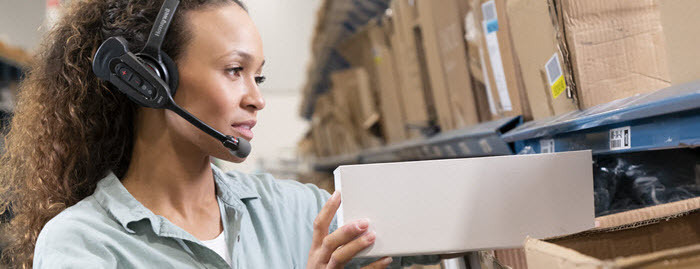Streamline your customs flow: your EMCS (excise) flows mapped out
10 Feb 2022
3 min read
Do you look up to your customs declaration? Or is this something your organization excels in? No matter in what way you do your declarations, one thing is certain: are you involved in international transportation of goods? Then you cannot escape from it. Therefore, choose to excel in customs activities. To do so, a smooth declaration process is essential. But with this many different flows and declaration procedures, how can you fulfill your activities as smoothly as possible?
What is EMCS?
When you want to receive excise goods, you need a license to be allowed to receive the goods in an excise warehouse. EMCS – Excise Movement and Control System – is used for the handling of these excise goods in your warehouse. Contrary to NCTS documents, you do not have to create an excise document yourself. This is automatically generated when the license number of the excise document is similar to the one of your company. Do you expect a shipment, but is it not visible? Then it is possible the sender used the license number incorrectly.
EMCS Arrival
Once a shipment arrives, you do not have to make a message of arrival. The goods may directly be unloaded. Only when the goods are booked, you must notify the sender with all details. If a divergence is detected, it is up to the sender to correct his or her excise administration. In the image below, you see how the declaration process looks like.

EMCS Shipment
When you want to ship excise goods, there are two options: a destination without an excise warehouse, or with an excise warehouse. When shipping to a destination without an excise warehouse, for example consumers, you must pay the excise duties before the goods can be shipped. You can easily do so via your monthly declaration. When you want to ship goods to counties outside the EU or a destination that has an excise warehouse, it goes via an excise declaration. This declaration process is mapped out in the image below.

Declaration declined, now what?
Despite the present knowledge of customs processes in your organization, your declaration can be denied. This can for example be caused by an incorrect excise product number, a wrong destination type, or a wrong product code. When you receive an IE704 – a rejection – then you can easily trace the cause in 3PL Dynamics. In the column ‘Declaration Errors’ in the fact box, you can find the error code. With this information, you can then solve the error and continue your process.

Customs processes in your software solution
Do you want to learn more about the customs flows in 3PL Dynamics? Or do you need help solving an error after a denied declaration? Mail to support@elevate-it.be; our consultants are happy to help.







